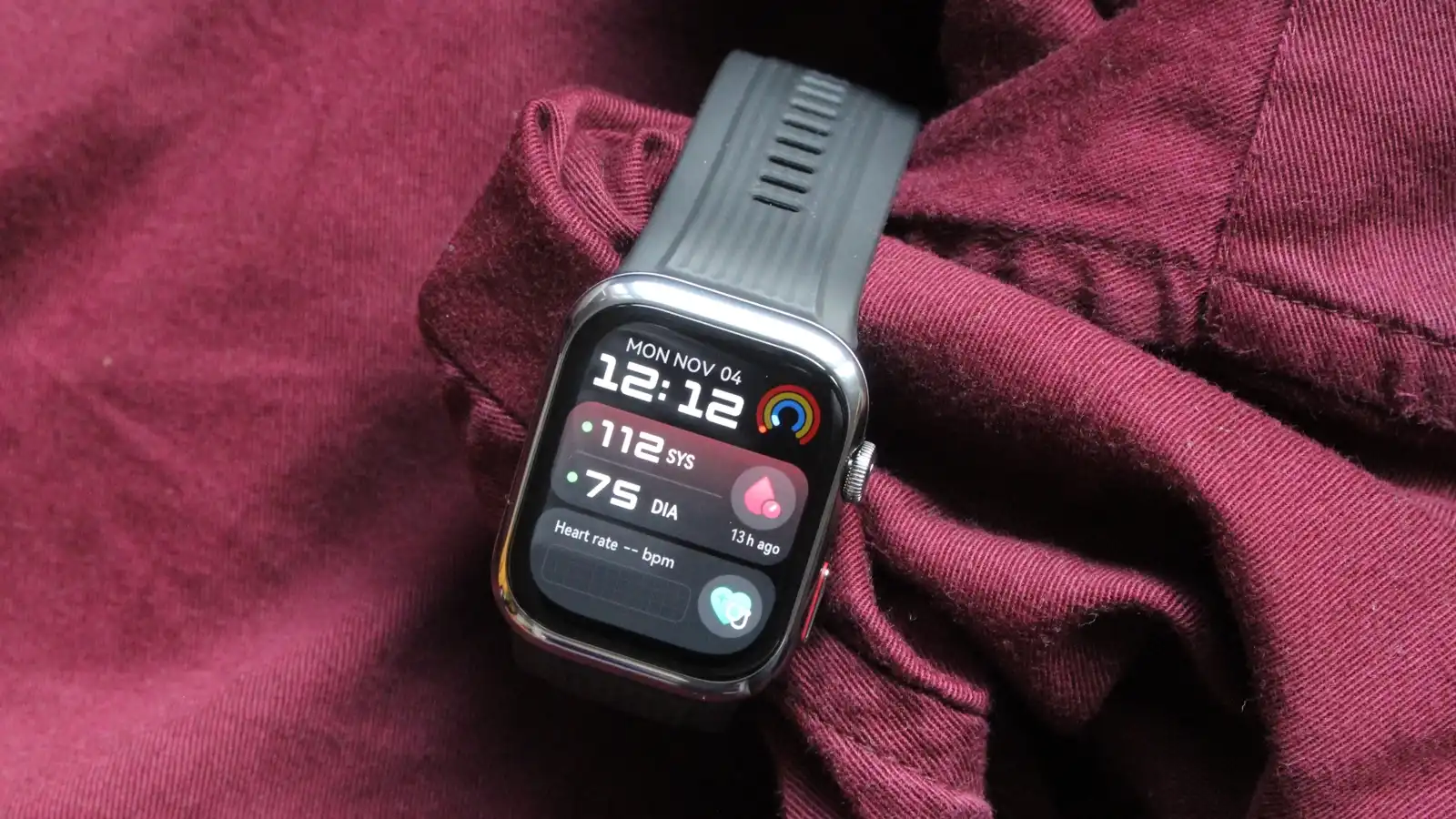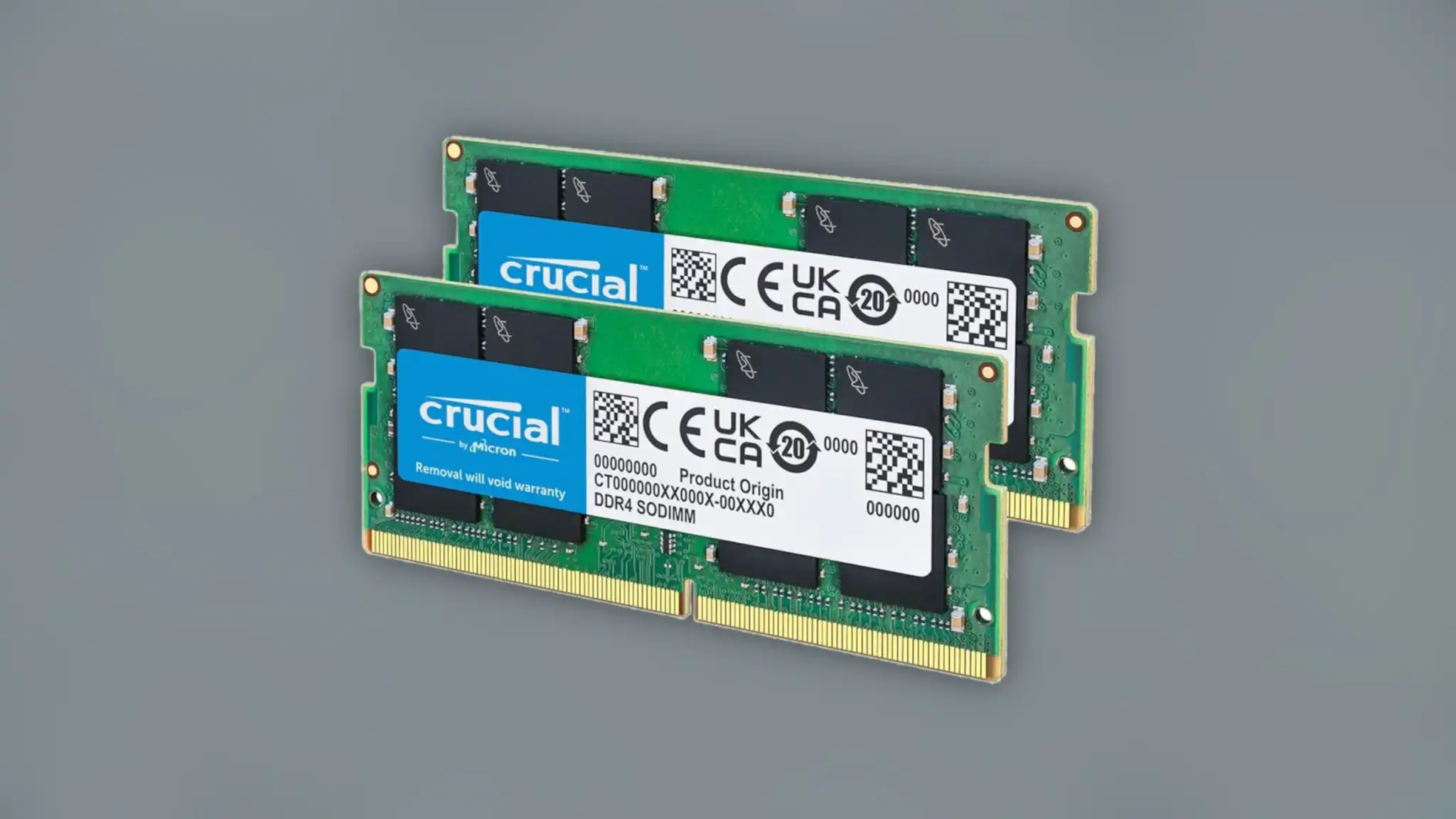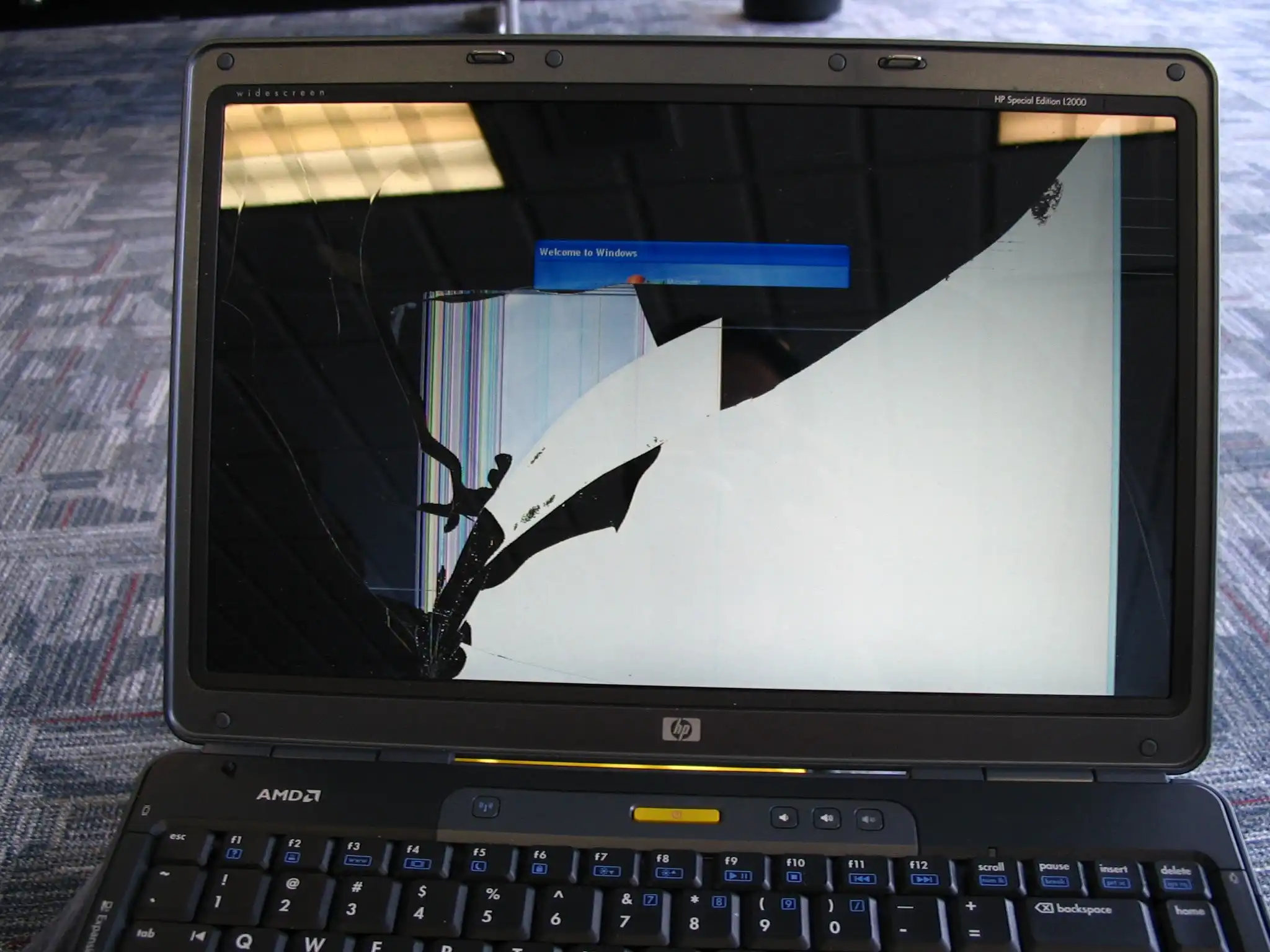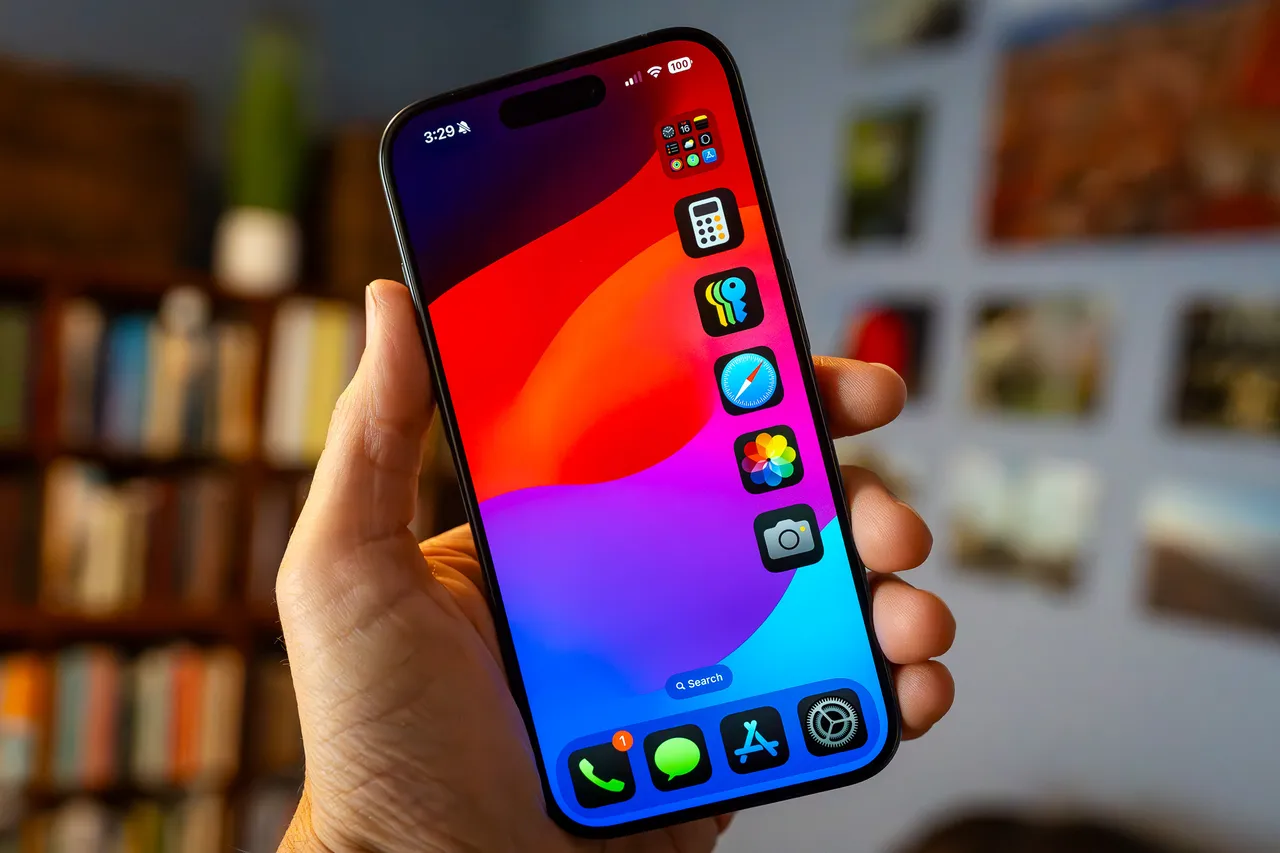The Huawei Watch D2 is the follow-up to Huawei’s health-focused smartwatch which introduced its groundbreaking blood pressure monitoring technology. This time, it’s refining how those blood pressure smarts work and adding more smartwatch features from other Huawei watches.
Along with new health insights, Huawei’s adding smarts like Bluetooth calls, richer notification support and more workout modes than the Watch D.
It’s a Huawei smartwatch that, like its predecessor, isn’t cheap at £349/$399. It’s made some big changes here though, which should make this version of Huawei’s blood pressure tracking smartwatch a more attractive buy over watches with blood pressure monitoring like the Samsung Galaxy Watch 7.
Design & Build
- Available in two colours
- Smaller case design
- IP68 water-resistant design
The first Huawei Watch D was a hulking smartwatch with its boxy, 51mm-sized frame that gave it the look of a medical device with an AMOLED screen.
Thankfully, the Watch D2 has shrunk in size to a more manageable albeit still large 48mm aluminium case design that at 13.3mm thick, is just slightly slimmer than the Watch D too.

Mike Sawh
It now comes in your choice of black or gold (with a white band) looks with the option of a fluoroelastomer or leather strap, which helps to make the Watch D2 feel and look more like a smartwatch you’d want to wear.
It’s still undeniably a big watch, and I’d still like it to get smaller and lighter. For now, though, this is the step in the right direction for the Watch D.
There are still two physical buttons in place with Huawei ditching the top one for a rotating crown that you can use to scroll through screens, adjust volume and launch into the app screen.
Huawei unfortunately hasn’t budged from the level of protection of water you get on the D2 with the IP68 rating making it more suitable for showering than taking it for an open water swim.

Mike Sawh
The other big design aspect here is the integration of the inflatable cuff, which sits inside the fairly wide strap that conceals it. You’ll find medium and long-length straps alongside same-sized airbags that deliver the cuff-style blood pressure measurements.
I found the combination of the two made putting the original Watch D quite awkward to put on. While that feeling hasn’t entirely gone away here, it’s definitely been a more comfortable combined strap and airbag design to get in place.
Screen & Audio
- Larger AMOLED screen
- Display can be set to always-on
- Includes microphone and speaker
While the size of the Watch D2 has shrunk the screen has actually grown. It’s now brandishing a 1.82-inch, 480×480 pixel resolution AMOLED screen.
That’s a pretty big jump from the 1.64-inch, 456×280 one used on the Watch D.

Mike Sawh
The result is that you’re getting a screen quality more in keeping with Huawei’s other smartwatches. It’s exceptionally sharp, the colours are nice and accurate and it offers those deep blacks you associate with good quality AMOLED displays.
It’s a nicely responsive screen too, with no horrible lag and while there is some black screen bezel to contend with, it’s not eating too much into the available screen estate.
Like the Watch D, there is a microphone included and Huawei’s now added a speaker, which now means you can make calls over Bluetooth and listen to audio via the built-in music player. The speaker offers plenty of volume and strong clarity for music streaming and calls.
Software & Features
- Runs on Harmony OS
- More smartwatch features added
- Support for customised watch faces
The Watch D2 runs on Huawei’s HarmonyOS 5.0 and is compatible with Android and iOS devices. I’ve been using it with an iPhone mainly with some time spent paired to a Samsung Android phone and I’ve found the pairing and syncing experience good on the whole.
The Huawei Health Europe companion smartphone app is a pretty busy place and it pays to spend some time getting to know it because there’s a lot to play with here on the settings and features front.

Mike Sawh
One of the biggest criticisms you could level at the Watch D was that it was a more scaled-back smartwatch than Huawei’s other smartwatches but that’s something Huawei’s clearly sought to address with the D2.
It’s still not matching the best that Huawei has to offer on this front, but it’s certainly giving you more with Bluetooth calls, a music player and the ability to take screenshots being the most notable ones. You still don’t get LTE or access to Huawei’s AppGallery storefront, however.
Using it with an iPhone still means some limitations, like the inability to act on notifications or make use of the music player. Viewing notifications is fine on the Watch D2, though I did notice it didn’t always display the correct app icons for where the notifications were sent from.
The music controls (media playing from your phone) are well integrated and there’s a good mix of watch faces where you can either make those health features the centre of attention or not.
Health & Fitness Tracking
- New ambulatory blood pressure monitoring
- New Huawei TruSense system
- Over 80 exercise modes
While this is a watch that has the sensors and features to track exercise, steps and sleep, the Watch D2 is really about its ability to offer serious health monitoring led by its built-in blood pressure monitoring.

Mike Sawh
This is a blood pressure tracking approach that operates by using inflating airbags (inside the strap) and Huawei’s algorithms to measure blood pressure that’s been medically certified in terms of accuracy.
It’s beaten Apple to offering this type of monitoring and while Samsung and now Amazfit do offer blood pressure tracking, you will need to calibrate regularly with a traditional cuff monitor to make sure they’re reliable. You don’t have to do that with the Watch D2.
Taking a measurement is nice and simple. It provides the instructions to take a correct reading and that takes just 30 seconds. I’ve been using it during testing alongside a traditional, cuff-style blood pressure monitor to compare readings.
While the readings weren’t always identical, they were generally very close. Like a cuff-style monitor, it’s all about making sure you stick to the instructions to get the most reliable data.
Like the original Watch D, it was the SYS (systolic) blood pressure number that often was different from the one displayed on a traditional monitor with the diastolic number generally closer in line, but there were plenty of measurements when there was a smaller difference between those systolic numbers.

Mike Sawh
Previous readings can be viewed on the watch and guest measurements are an option if you want someone else to use the watch for the D2’s special feature.
Records for those guest readings won’t be saved. The main aim here is to reliably measure and present that data inside of the app to identify trends. There’s some small insight offered when looking at average blood pressure and pulse readings, but it’s ultimately about giving you a record of your data to do the work.

Mike Sawh
Huawei has additionally added support for ambulatory blood pressure monitoring or ABPM and that’s a really big deal. This involves taking blood pressure measurements at regular intervals during the day and night as part of a monitoring plan.
It’s recommended to use this feature for 24 hours to get the most insightful set of trends and diagrams to look over. It’s a weird sensation having those measurements go off during the night (they could wake you up) and while it’s generally a quiet process, you can still hear a little squeaking from the airbags inflating.
In addition to its blood pressure tracking, you’re also getting medically certified ECG monitoring. I compared ECG readings on an Apple and Polar watches with ECG monitoring and compared data from the blood pressure monitor I used to test the blood pressure tracking and it felt nicely in line and reliable.
It had a problem with the fact that my heart rate is typically lower due to being a pretty fit and healthy person, but I really liked that after working out I was prompted to consider taking an ECG measurement 30 minutes after a workout as a way to look at how your heart responds to that period of exercise.

Mike Sawh
There’s a whole lot here outside of the blood pressure and ECG monitoring. This is a watch that will continuously monitor your heart, track stress and skin temperature and offers a health glance by monitoring heart rate, Spo2, stress and skin temperature at once.
It’s a pretty competent activity and sleep tracker too, though it’s quite a hulking thing to take to bed. It’s got solid sports tracking skills and while it doesn’t have the latest in GPS technology on board, the performance during my workouts was pretty solid on the whole.
Battery Life & Charging
- Up to 6 days battery life
- Up to 24 hours with ABPM mode
- Uses wireless charging
The Watch D2 does see a slight drop in promised battery life with typical usage numbers dropping from 7- to 6 days. That doesn’t factor in keeping the screen on at all times or making use of some of the more power-hungry features available.
I found that when using the raise-to-wake support and taking blood pressure measurements daily twice a day, the battery lasted 5-6 days. When I enabled the always-on display mode it dropped to 4-5 days.

Mike Sawh
If you’re planning to use the ambulatory blood pressure mode, taking those measurements throughout the day will drain the battery considerably and it will only last 24 hours. When used for outdoor workout tracking, a 30-minute run saw the battery drop by 4%.
When it’s time to charge, you’ll find a pretty familiar white circular charging puck to drop the Watch D2 on. Charging from 0-100% takes just under an hour, so it’s a relatively quick watch to get back up and monitoring your health again.
Price & Availability
The Huawei Watch D2 is available through Huawei’s website and retailers like Amazon and Argos priced at £349.99/$399.
That’s the same price that the original Watch D cost when it launched in 2022 but more expensive than the Huawei Watch GT 5, but not quite as expensive as the Huawei Watch Ultimate.
Both Samsung and Amazfit offer blood pressure tracking capabilities, though they do it mainly through optical sensor-based measurements and require traditional blood pressure monitors to calibrate them on a regular basis.
Check out our rankings for the best smartwatches for the top options.
Should you buy the Huawei Watch D2?
If you liked the idea of the Huawei Watch D but were put off by the big and bulky design or didn’t like the fact it was an inferior smartwatch to other Huawei watches, this is going to be more to your liking.
If you want proper blood pressure tracking and other thoughtful health monitoring features, these are the big reasons to go for the Watch D2.
It’s now a better smartwatch too and if you can live without it not fully matching Huawei’s most feature-packed smartwatches and not expecting it to run just like an Apple Watch or Samsung Galaxy Watch, I think many will be pretty happy with what the Watch D2 offers to get access to blood pressure tracking that lets you ditch the traditional arm cuff-style monitoring.
Specs
- Works with Android and iOS
- 1.82-inch AMOLED touchscreen display
- Up to 6 days battery life
- Medically certified ECG sensor
- Medically certified blood pressure monitoring
- Optical heart rate and SpO2 sensor
- Skin temperature sensor
- Built-in GPS
- Bluetooth and Wi-Fi
- 48 × 38 × 13.3mm
- 40 g (without the strap)





